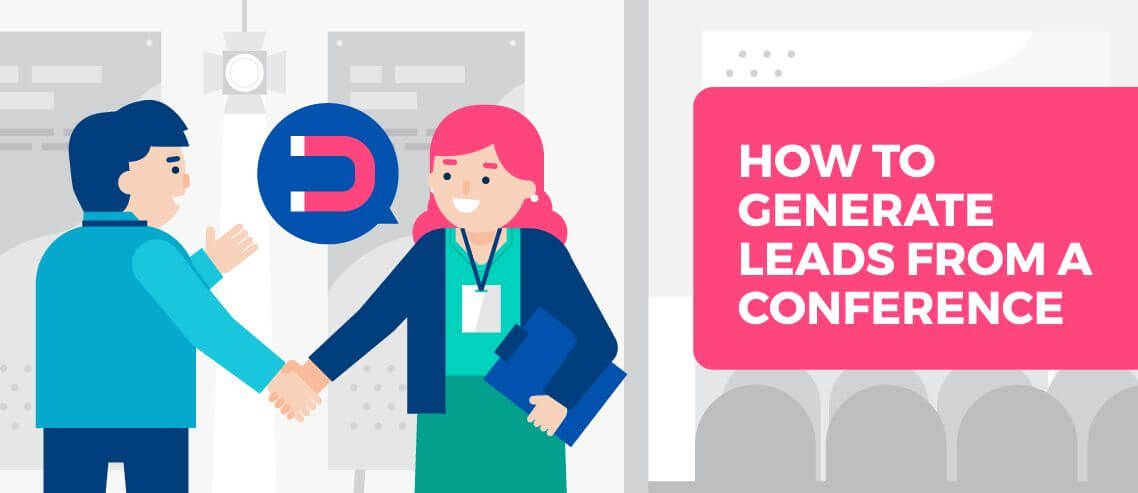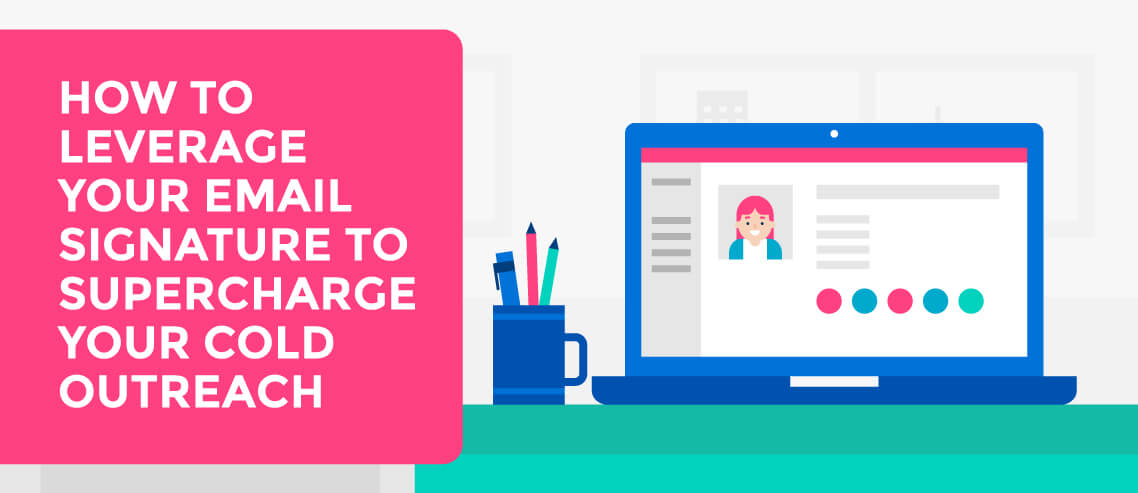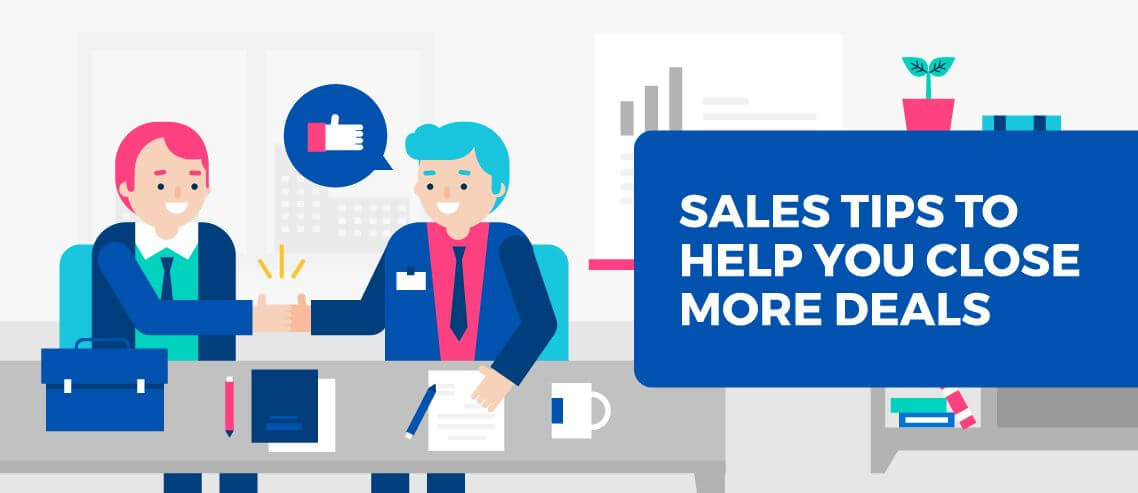The Science of Email Copy: 5 Lessons from History’s Best Direct Response Copywriters

Contents
Direct response copywriters have a tough task. Not only do they need to write powerful and irresistible words, but they also have to elicit an actual response. Their job is to create a compulsion in readers to engage or take action or convert.
To do something. Now, not later.
The best of them can hit you like a truck in your core. They can push your emotional buttons – whatever that emotion might be – and craft copy so compelling that you feel incapable of resisting it. They grab you, and they don’t let go.
It’s an art and a science. To understand direct response copywriting is to understand copywriting, period.
It appeals to emotion first, with logic and reason provided later to rationalize our decision. Emotion plays such a pivotal role that it’s often referred to as emotional direct response.
No matter what you call it, it works. It’s been battled-tested. It’s proven itself again and again, through the early days of newspaper and magazine ads and into the digital age: landing pages, web portals, e-commerce platforms…
And email. In fact, in combining direct response – the godfather of the copywriting family – and email – the head of the digital channels tribe – you’ve got a potent 1-2 punch.
Email was, is, and will likely remain the most cost-effective and productive digital channel at your disposal. In fact, there are a number of B2B marketing stats that show just how powerful email is:
- For every $1 spent in email marketing, the average campaign earns $38 in ROI.
- 73% of respondents rated email marketing’s return-on-investment as either excellent or good, the highest of any channel.
- The global average open rate in 2016 was 28.1% according to the IBM Email Marketing Benchmarks study, while the global average click-through rate was 3.3%.
- 33.8% of US consumers actively check their email throughout the day, while 4.2% check it 10+ times, 4.8% check it between 7 to 9 times, and 16.6% between 4 and 6 times.
- Email marketing is the best channel for customer acquisition and retention, according to 80% of surveyed marketers.
- 72% of consumers list email as their preferred channel for businesses to communicate with them.
- 85% of US consumers would like to receive promotional emails at least monthly, 32% weekly, and 15% daily.
- The 3.7 billion email users in the world send about 269 billion emails each day.

Use email to deliver, optimize the emotional state in your copy, and convert.
As always, it’s best to stand on the shoulders of giants. What do the best direct response copywriters in history have to teach us about the science of email copy?
A lot.
1. Eugene Schwartz – Identify the Existing Desire
Widely considered one of the greatest copywriters of all time, Eugene Schwartz is the author of ten books, and a legend in the direct-mail industry. Schwartz passed away in 1995. Breakthrough Advertising is his best-known book, and a treasure trove of excellent advice for modern copywriters and marketers.
“Copy cannot create desire for a product. It can only take the hopes, dreams, fears, and desires that already exist in the hearts of millions of people, and focus those already existing desires onto a particular product.”
One of the toughest parts of writing persuasive copy is finding the hook. According to Schwartz, you must identify and intensify the desire or fears that already exist in your target, connecting it to your product or service.

Sound advice. What’s the chief benefit to your ideal customer? What pain point does it solve for them, or what itch does it scratch? The desire is there. Throw a spotlight on it in your email copy, and make your product the perfect solution.
His insight doesn’t stop there, of course.
“One of the most potent discoveries of motivation research is that a product, or a store, or a whole group of products has a distinct and complete personality to the consumer. This personality is a complex quality, embracing many traits.”
This seems tailor-made to modern business and digital marketing. Nowadays, we gravitate towards certain brands or products because of their perceived personality. Virgin is fun and adventurous. Rolls-Royce is sophisticated and prestigious. Apple is innovative.
We associate with brands that exemplify how we see ourselves or how we want others to see us.
What personality do you and your brand have? How does it appeal to your target? How do you want them to feel while engaging with you? Answer those questions in your copy, target the corresponding audience, and you’re halfway there.
2. John Caples – Get to the Point
John Caples, trailblazer, author of several books including Tested Advertising Methods, and prolific copywriter, is best remembered for writing what many consider to be the most successful direct response ad of all time.
In 1926, only one year into his copywriting career, he wrote a piece for the U.S. School of Music called “They laughed when I sat down at the piano – but when I started to play!” It instantly made his name, and remains a model for direct response to this day.

Caples joined the agency Batten, Barton, Durstine & Osborn in 1927, became its VP in 1941, retired in 1983, and died in 1990. Throughout his career, he advocated for frequent testing – he started using split tests in the 1940s – and thorough research.
“Remember that the reader’s attention is yours for only a single instant. They will not use up their valuable time trying to figure out what you mean.”
This is even more important in the 21st century, with our dwindling attention spans – roughly 8 seconds – and culture of instant gratification.
Your copy needs to be clear, crisp, and concise. Be brief, blunt, and to the point in everything you include in your emails, because if it takes too long or demands too much focus, your audience will likely hit delete and move on to the next one.
Write for them, not for you, and remember that it’s infinitely better to be clear than clever: Caples frequently said that clever ads seldom sell anything, and vocabulary should be limited to what you’d expect to find in a fifth grade reader.
3. Claude Hopkins – Test, Test, & Test Again
David Ogilvy, the most famous adman of the 20th century, said of Hopkins’ Scientific Advertising, “Nobody should be allowed to have anything to do with advertising until he has read this book seven times. It changed the course of my life.”
High praise. Claude Hopkins is a legend to advertisers, marketers, and copywriters. He was hired by Lord & Thomas with a starting salary of $185,000…in 1907. He was that good. He retired in 1923 as both president and chairman of the ad firm, and passed away in 1932. Hopkins wrote direct response – and wildly successful – ads for Palmolive, Schlitz Beer, and Pepsodent toothpaste.
In fact, his toothpaste campaigns are often credited with making brushing our teeth a daily habit for most.
Hopkins was a staunch believer in research, “reason-why” copy, testing, and tracking campaign results and performance.

“Almost any questions can be answered, cheaply, quickly and finally, by a test campaign. And that’s the way to answer them – not by arguments around a table. Go to the court of last resort – the buyers of your product.”
You hear it all the time in modern marketing: test, test, and test again. But it was Hopkins who first put the theory into practice a century ago. He tested headlines. He tested offers. He tested vocabulary. He never stopped testing.
Your email copy, likewise, is never done. It’s never perfect. A/B test your subject lines, CTA, design, personalization, button or link copy, images, frequency, and more.
This idea was echoed by Ogilvy decades later:
“Never stop testing, and your advertising will never stop improving.” David Ogilvy
Most email marketing providers offer built-in or easy integration of split testing tools, so there’s no excuse to not do it. The greatest minds in copywriting all agree that it’s crucial.
“The only purpose of advertising is to make sales. It is profitable or unprofitable according to its actual sales.”
Furthermore, traffic or clicks don’t mean a thing if they’re not converting. If your email gets a lot of opens and clicks but few actual conversions, it’s a failure. Full stop.
Try again. Test the new version. Get the sale. And read up on Claude Hopkins. He has a lot more to share with modern digital marketers.
4. Robert Collier – Know Your Audience
He was a writer, editor, researcher. He wrote about self-help, New Thought, desire, copywriting, and more.
Robert Collier – born 1885, died 1950 – wasn’t exclusively a direct response copywriter, but he did understand the ideas behind it like few before or since. Both Copywriting & Direct Marketing and The Robert Collier Letter Book are as powerful and applicable today as they were when first published in the 1930s.
He wrote for and with the customer in mind. He was friendly, personable, and real in his writing. He started all projects by putting himself in his intended target’s shoes.
“Before you put pen to paper, before you ring for your stenographer, decide in your mind what effect you want to produce on your reader – what feeling you must arouse in him.”
In essence, know your audience better than they know themselves. Write with a customer-first angle. Much direct response copy is written using the 2nd-person “you” for a reason, as should your email messaging.
If you understand your audience inside and out, if you clearly demonstrate the benefit to them, you can give them what they need and want in your message.

“Because getting the results you set out to accomplish with a letter is no more a matter of rule of thumb than landing a fish with a rod and hook. You know how often you have seen some ragged urchin pull in fish after fish with the crudest of lines, when a ‘sportsman’ near by, though armed with every piscatorial lure known to man, could not raise even a bite! It’s a matter of bait, that’s all. The youngster knew what the fish would bite on and he gave it to them. Result? A mess of fine fish for dinner. The ‘sportsman’ offered them what he had been led to believe fish ought to have – and they turned up their fishy noses at it.”
It’s about using the right “bait,” which may or may not be what you (or your client) believe is the best benefit or feature to reel them in with.
Write to and for them. What emotion do you want to intensify? What desire or fear are you going to address? How will you accomplish that?
5. Joseph Sugarman – Use an Emotional Hook
A living legend, Joseph Sugarman is a successful copywriter, teacher, author of several books including Advertising Secrets of the Written Word, Triggers, and The Adweek Copywriting Handbook, as well as an entrepreneur and founder of BluBlocker Sunglasses (remember those?).
“Sell on emotion, but justify their purchases with logic.”
We decide to buy or spend based on emotion, but then need logic to rationalize that choice. Good copywriting uses that. And Sugarman has been preaching that idea since before neuroscience caught up and verified his belief.

Tell a story to get your email reader emotionally invested like they would be with a good novel or movie. We’re hardwired to want stories. We rely on emotion, and both positive and negatives ones can be harnessed to drive clicks and conversions.
Sugarman suggests emphasizing one big idea. Sell that concept, not the product or service itself. Create a desire, want, or need, and then offer the solution. Make it visceral, light a fire under them, push their emotional buttons. But never, ever manipulate them. This belief is so important, he included it in his list of 17 copywriting axioms. It’s all about connection, relevance, and emotional stimulus.
Additionally, he suggests being unexpected, unbelievable, unfamiliar, or incorrect to get noticed. That would work well in your subject line. Generate interest or curiosity, and your email will get opened.
You can follow Sugarman on Twitter, and read more about his insight and opinions on modern copywriting.
David Ogilvy
David Ogilvy is not technically a direct response copywriter, and I include him here as a little bonus. He is the most famous and successful adman – or what we could perhaps call indirect copywriter – of our time.
Ogilvy was a big fan of looking to direct response copywriters for insight, tips, and tricks. But he was also a very shrewd writer and marketer in his own right.
“On the average, five times as many people read the headline as read the body copy. When you have written your headline, you have spent 80 cents out of your dollar.” ~David Ogilvy
This is a man who understood the importance of a headline or subject line. It is not an afterthought. It is not something you throw together. It should be compelling, convincing, and clear.

Even one of his idols thought the same.
“It is not uncommon for a change in headlines to multiply returns from five to ten times over.” ~Claude Hopkins
Headlines – subject lines – matter. A lot. They can literally make or break your email campaign.
Ogilvy on Advertising and Confessions of an Advertising Man should be required reading for anyone in copywriting, advertising, or marketing. Ogilvy continues to be a massive influence on those industries despite having passed away in 1999.
Other helpful quotes include:
- “Advertising people who ignore research are as dangerous as generals who ignore decodes of enemy signals.”
- “A consumer is not a moron. She’s your wife. Don’t insult her intelligence, and don’t shock her.”
- “When people read your copy, they are alone. Pretend you are writing to each of them a letter on behalf of your client.”
- “A good advertisement is one which sells the product without drawing attention to itself.”
David Ogilvy was a master, but even he deferred to the direct response copywriters because, as he himself said, “direct response people actually know what they’re doing.”
Look to them. Learn from them. Read the five greatest sales letters of all time. What makes them work? Browse the Gary Halbert letters. Why are they still so effective? Check out the ultimate copywriting resource list for even more hidden and forgotten gems.
Craft robust emails. Follow-up on those messages. Emulate the best that history has to offer. The delivery channels may have changed, but what makes for a compelling offer has not.
Go become the next generation of legends.
Image: Pexels





